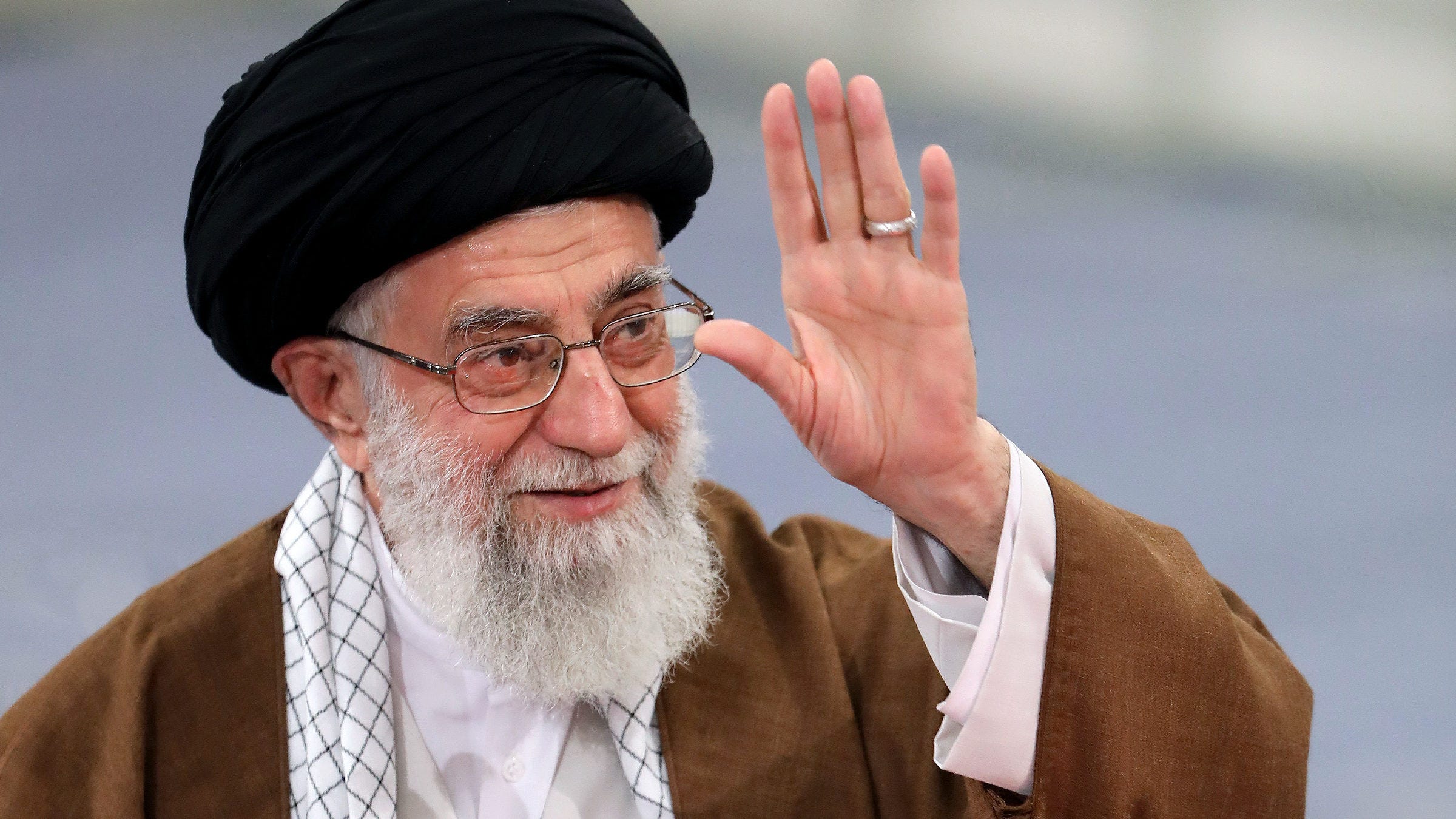My summary assessment of the missile war over Israel during the 12-day-long first act of the ongoing war between Israel et alia and Iran et alia:
The first Iranian counterstrike against Israel (14 June) began with a few hundred drones and relatively antiquated subsonic cruise missiles, whose primary mission was to soak up air to air and Iron Dome magazine depth.
Additionally, the IDF claims the Iranians fired over 200 ballistic missiles on 14 June. I think that is probably an exaggeration. But, in any case, the overwhelming majority were older Iranian missile stock and purpose-built decoys.
My sense is that no more than about three dozen strikes in the 14 June attack were carried out by later generation Iranian ballistic missile models. Most, if not all, got through unscathed.
Over the next week (15-21 June), in addition to continuing drone strikes, Iran fired, on average, ~25 ballistic missiles per day (again, according to the IDF).
By this time, reports began swirling in Israeli and western analytical circles that US/Israel air defenses had been severely attrited and were proving to be far less effective than advertised.
US land-based THAAD, SM-3 and SM-6 from US ships in the eastern Mediterranean, and Israeli Arrow anti-ballistic missile interceptors were being consumed at a prodigious rate, but achieving few, if any, interceptions of the few dozens of upper-tier ballistic missiles fired from Iran.
On 22 June, a large Iranian counterstrike took place, including ~100 ballistic missiles.
By this stage of the battle, the Iron Dome had been significantly depleted, and even the slow-flying Iranian drones were defeating it in many instances. THAAD had more or less disappeared, and the Israeli Arrow systems were attesting multiple “malfunctions” and what (based on OSINT video evidence) appeared to be almost frantic firing patterns against single-digit salvos of Iranian hypersonic missiles.
A half-dozen or more Israeli missiles were being fired without success against individual incoming Iranian missiles, which blew right through them, their plasma envelope glowing brightly in the night sky as they streaked down to their targets.
By the time a ceasefire was agreed on 24 June, Israeli and American air defense capability in the theater of battle had reached near-exhaustion, even as the Iranians had begun to employ modest but increasing numbers of impressively capable higher-end strike missiles.
There is no doubt the Iranians welcomed a break in the fighting in order to catch their breath and reorganize their own defenses. But it was the Israelis who were, by far, most desperate to stem the tide of events.
The Israelis suffered damage far in excess of anything inflicted upon them in their history. They also expended long-developed on-the-ground sabotage and intel assets within Iran, and the round-up of those exposed assets continues.
The Iranians have proven beyond dispute that they are capable of delivering large-warhead hypersonic strikes with high accuracy (<10m CEP). And while it remains to be seen how many of these top-shelf missiles they truly possess and what their rate of production is, the bottom line is that Iran has achieved a major strategic victory which carries a strong deterrence effect in its wake.
With each passing month, the Iranians will grow stronger – and the Israelis will become more desperate to try to do something about it.
I doubt making peace will be on their agenda.
Reprinted with permission from imetatronink.
Subscribe and support here.

